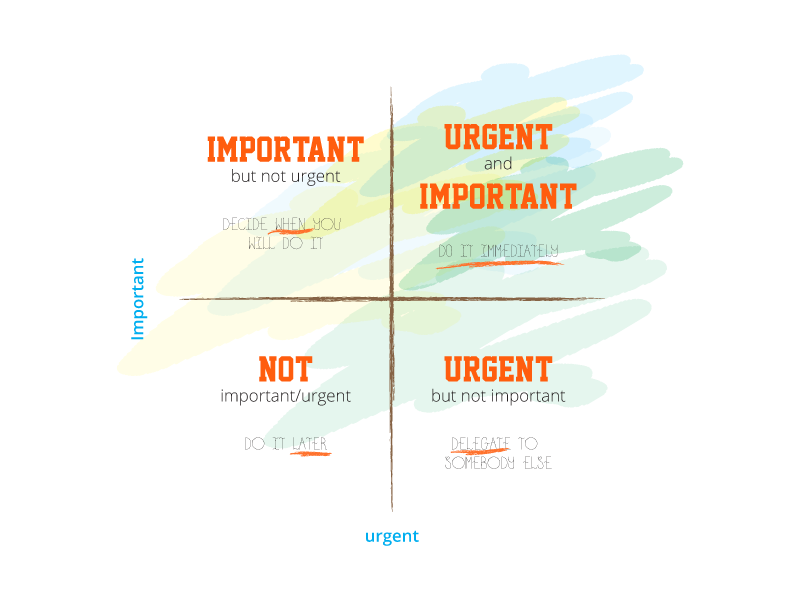PPP or “Plans, Progress, Problems” is one of the easiest weekly reporting methodologies. You can use this weekly review process to report on the tasks you do in order to advance your OKRs.
As with OKRs, Key Results should be updated on a weekly basis, PPP allows you to set plans, tie your Plans to your Objectives and once you have accomplished your tasks, you can update your Key Results.
‘Weekly status reporting consists of 3 different questions or categories:
- Plans. What are you planning? (Future);
- Progress. What have you done? (Past);
- Problems. What problems are you facing? (Present).
Each week employees answer these questions (without writing long essays) and a manager can get an overview of what’s going on.
Weekly reporting is used successfully in companies like Skype and startup accelerators like Seedcamp. Companies like deverus also use PPP in collaboration with OKRs. That helps them keep future goals in mind while doing PPP reports.
For your convenience, Weekdone takes care of the tedious process of asking for reports and tracking everyone down. It makes employees send you their individual “done” reports, and compiles everything into an understandable team and company report. You can try out Weekdone PPP software here for free.
You can read more about PPP from Weekdone weekly reporting page.
